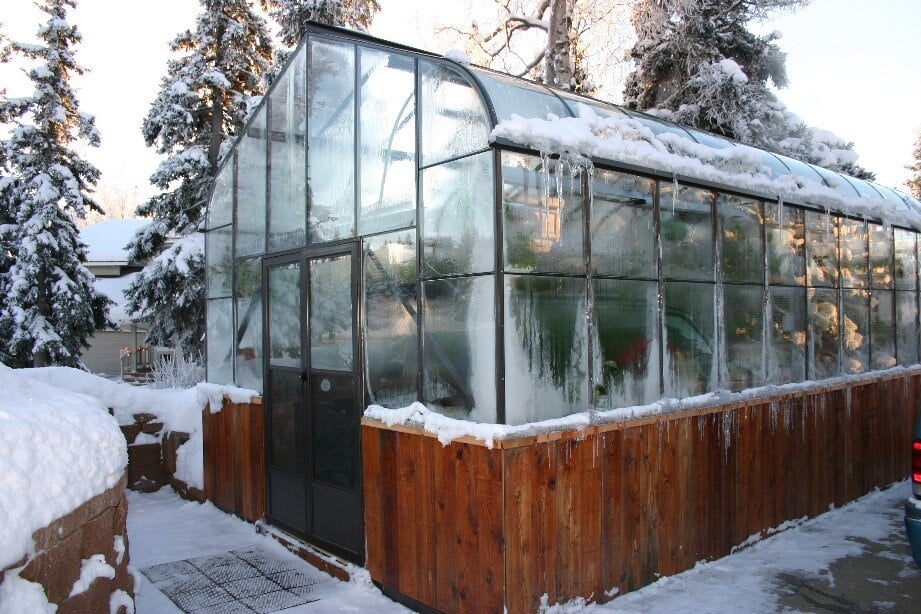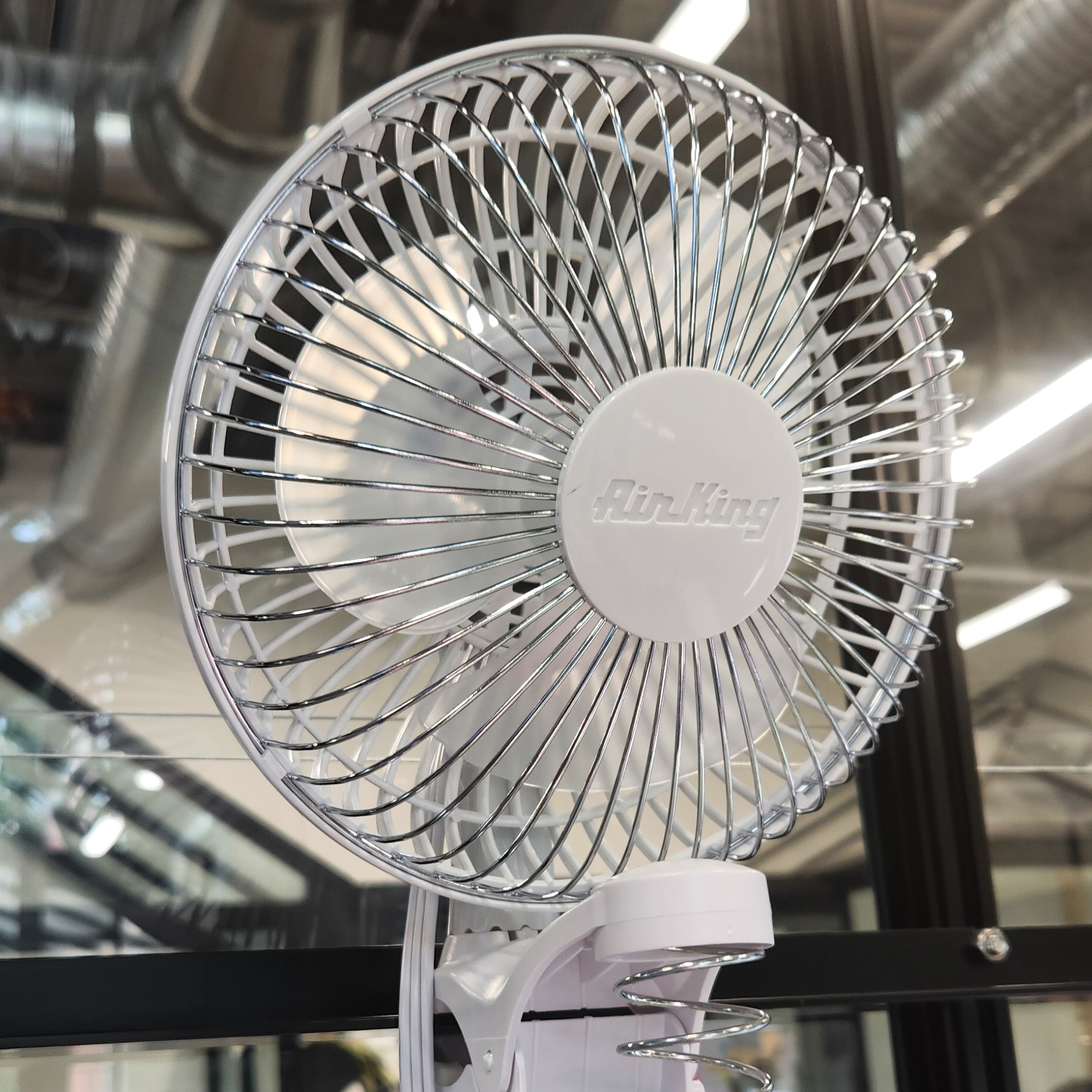Quick Answer:
Winter greenhouse gardening focuses on growing cool-season crops that thrive in lower light and cooler temperatures, like lettuce, spinach, kale, carrots, and herbs. To keep plants healthy, maintain a temperature range of 45-65°F (7-18°C), provide 12-16 hours of light, and water sparingly in the morning. Consistent airflow, light fertilizing, and good soil drainage will keep your winter garden productive and vibrant all season long.- Can You Grow Vegetables in Winter?
- What Are the Best Crops to Grow in Winter?
- How Do I Care for Greenhouse Plants in Winter?
- What Temperature Should My Greenhouse Stay In?
- How Much Light Do Winter Greenhouse Plants Need?
- How Often Should I Water Plants in Winter?
- How Do I Control Humidity in a Greenhouse?
- Do I Need Fertilizer in Winter?
- How Can I Prevent Pests During Winter?
- What Else Helps a Winter Greenhouse Thrive?
- Quick Reference: Ideal Winter Growing Conditions
- Why Winter Greenhouse Gardening is Worth It
What Are the Best Crops to Grow in Winter?
Winter greenhouse gardening focuses on cool-season plants that can thrive in lower light and cooler temperatures. Here are some of the top options for year-round success:
Leafy Greens
- Lettuce: Romaine, butterhead, and leaf lettuce varieties grow quickly and love cool conditions.
- Spinach: Thrives in cooler temperatures and provides steady harvests.
- Kale: A BC Greenhouse favorite. Hardy and nutrient-dense, and a staple for any winter garden.
Root Vegetables
- Carrots: Short, early-maturing varieties perform best in winter.
- Radishes: One of the fastest-growing root vegetables, perfect for quick harvests.
- Beets: Ideal for moth their roots and greens.
Herbs
- Parsley, cilantro, and chives are hardy herbs that grow well in cooler conditions.
- Thyme and oregano can also thrive with adequate light.
Cold-Hardy Vegetables
- Brassicas like broccoli, cabbage, and Brussels sprouts can do well in winter greenhouse with proper care.
Microgreens
- These quick-growing, nutrient-rich greens are perfect for small greenhouse spaces.

Bonus: Citrus trees like lemons or limes can overwinter successfully in cooler greenhouses with extra protection.
How Do I Care for Greenhouse Plants in Winter?
Caring for plants during the winter months requires attention to detail and adaptation to seasonal challenges. While growing conditions may differ from other times of the year, a few fundamental practices can ensure your plants stay healthy and productive.

What Temperature Should My Greenhouse Stay In?
One of the most important aspects of winter greenhouse care is maintaining optimal temperatures. Many winter crops thrive in temperatures ranging from 45°F (7°C) to 65°F (18°C). This balance can be achieved using a reliable greenhouse heater to provide warmth during cold nights and proper ventilation to avoid overheating on sunny days. A thermometer placed in your greenhouse is essential for monitoring these fluctuations and ensuring your plants remain within their preferred range.
How Much Light Do Winter Greenhouse Plants Need?
Lighting is another critical factor for winter greenhouse success. Since days are shorter and sunlight is weaker during the winter, plants may not receive adequate natural light. Placing crops where they can capture the most sunlight is a good start, but supplemental grow lights can make a big difference. These lights can extend the growing hours to 12-16 hours per day, providing your plants with the energy they need for healthy growth.
How Often Should I Water Plants in Winter?
Watering practices also need adjustments in winter. Plants generally require less water during colder months due to slower growth rates and reduced evaporation. It's best to water in the morning, allowing any excess moisture to evaporate during the day. This approach minimizes the risk of root rot and fungal diseases, which are more likely to occur in damp conditions. Good drainage is equally crucial; ensuring your pots and soil allow excess water to escape.
How Do I Control Humidity in a Greenhouse?
Humidity levels inside the greenhouse should also be carefully managed. High humidity can create an environment where mold and mildew thrive. A simple way to regulate this is having a greenhouse/outdoor-use fan running around the clock in your greenhouse garden. This will allow for increased airflow causing moisture to circulate either out your vents or to your plants to help in their growth. Ventilation and spacing plants appropriately improve air circulation and reduces the risk of fungal issues.

Air King 6-Inch Clip-on Fan
$43.99The perfect durable clip-on fan for greenhouse use, providing powerful airflow and easy installation. Adjustable and compact, ideal for tight space.
Do I Need Fertilizer in Winter?
The soil and nutrients you provide also play a key role in winter plant care. Using nutrient-rich, well-draining soil sets your plants up for success. While plants grow more slowly in winter, they still require consistent supply of nutrients, albeit in smaller quantities. Over-fertilizing can stress plants, so use fertilizer sparingly and according to the needs of each crop.
How Can I Prevent Pests During Winter?
Pests, although less prevalent in winter, can still pose a threat to your greenhouse garden. Regularly inspect your plants for signs of common greenhouse pests like aphids or whiteflies. Organic methods, such as neem oil or insecticidal soaps, can help manage these pests without harming your plants.
By taking these steps, your winter greenhouse will be well-equipped to produce a bounty of fresh and healthy plants all season long.
What Else Helps a Winter Greenhouse Thrive?
- Plan Ahead: Preparing for winter gardening begins in late fall. Start seeds early to ensure they're established before the coldest months. Choose crop varieties specifically bred for cold hardiness to maximize your chances of success.
- Use Insulation: Insulating your greenhouse can significantly reduce heating costs and maintain stable temperatures. Consider lining the interior with bubble wrap or thermal blankets to trap heat. Pay special attention to door and vent deals to prevent drafts.
- Rotate Crops: Crop rotation is vital for maintaining healthy soil. Avoid planting the same crops in the same location year after year, as this can deplete nutrients and encourage soil-borne diseases. Plan your layout carefully to ensure diversity.
- Keep It Clean: A tidy greenhouse is a healthy greenhouse. Regularly remove dead leaves, weeds, and plant debris to prevent pests and diseases from taking hold. Disinfect tools and pots between uses to minimize the spread of pathogens.
- Monitor Regularly: Regular checks are crucial for catching problems early. Look for signs of pests, nutrient deficiencies, or temperature fluctuations. Addressing issues promptly will save you time and resources in the long run.
- Leverage Companion Planting: Pairing compatible plants can deter pests and promote healthy growth. For instance, planting marigolds near your vegetables can help repel harmful insects.
- Invest in Automation: Consider adding automated systems for temperature, lighting, and watering. These tools can help maintain consistent conditions and reduce the time spent on manual adjustments.
Quick Reference: Ideal Winter Growing Conditions
Factor |
Ideal Range |
Tip |
| Temperature | 45-65°F (7-18°C) | Add insulation for stability |
| Light | 12-16 hours/day | Use full-spectrum LEDs |
| Humidity | 50-70% | Ventilate and use fans |
| Watering | Light & infrequent | Morning watering only |
| Soil | Nutrient-rich, well-draining | Avoid compacted mixes |

Why Winter Greenhouse Gardening is Worth It
Winter greenhouse gardening offers a rewarding way to enjoy fresh, homegrown product even in the coldest months. By choosing the right crops and providing proper care, you can keep your green thumb active year-round. Whether you're a seasoned gardener or just starting out winter, is the perfect time to embrace the magic of greenhouse gardening. Happy growing!



